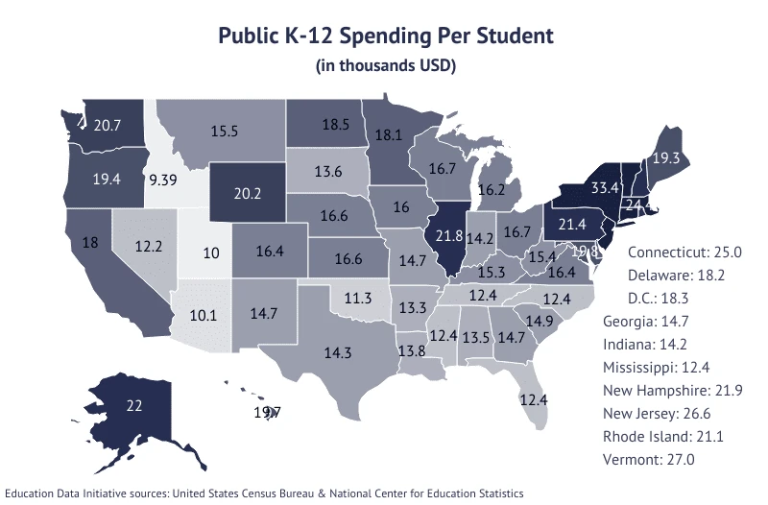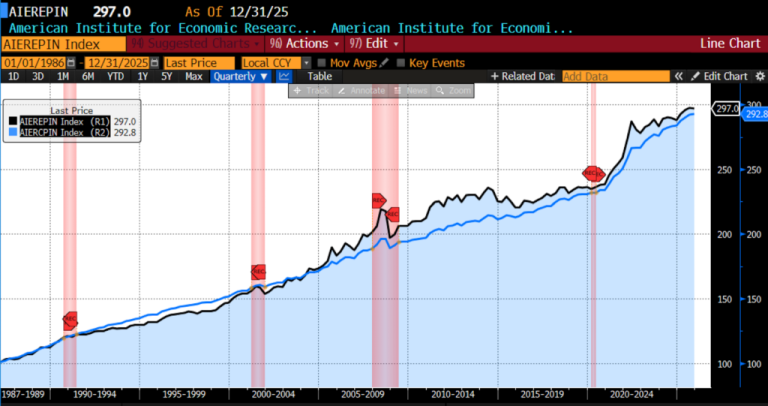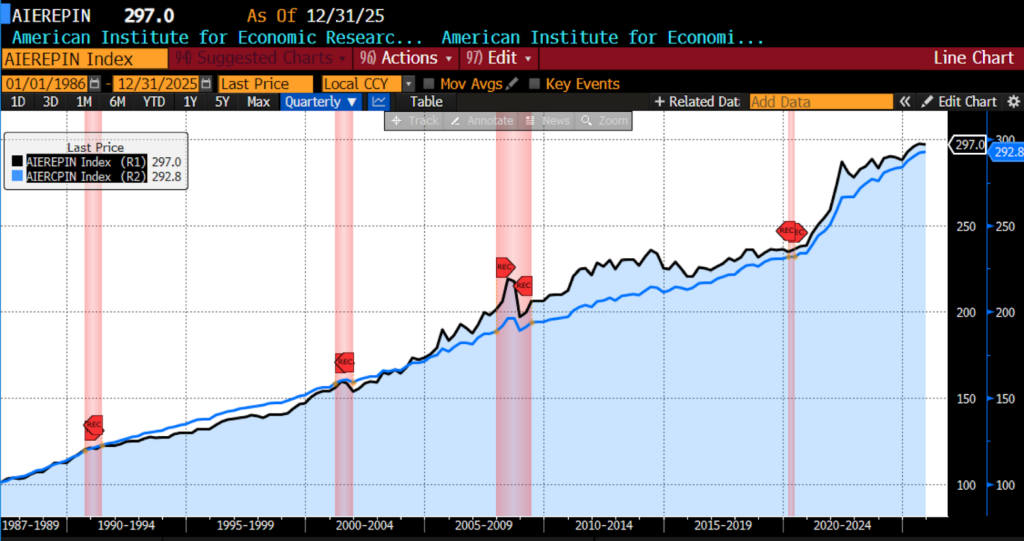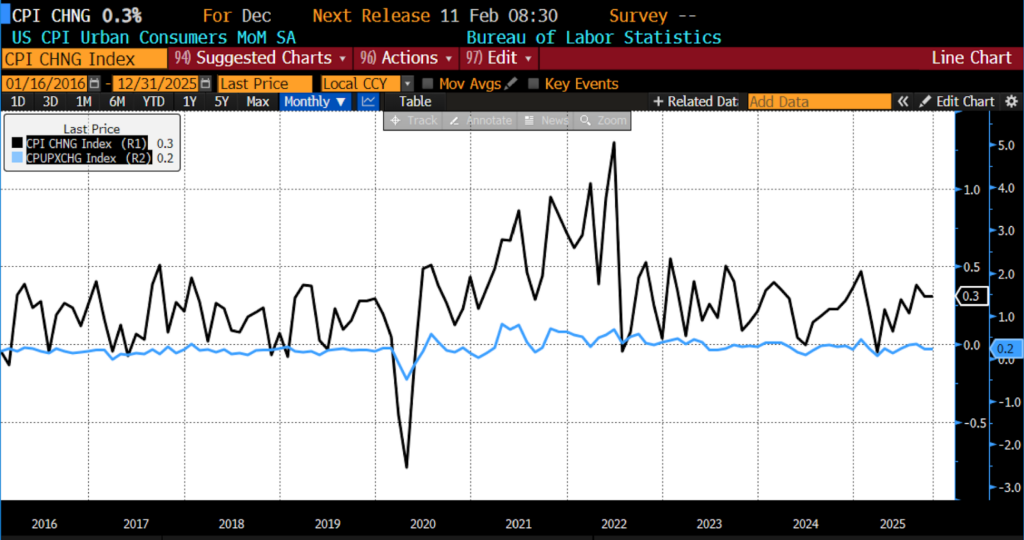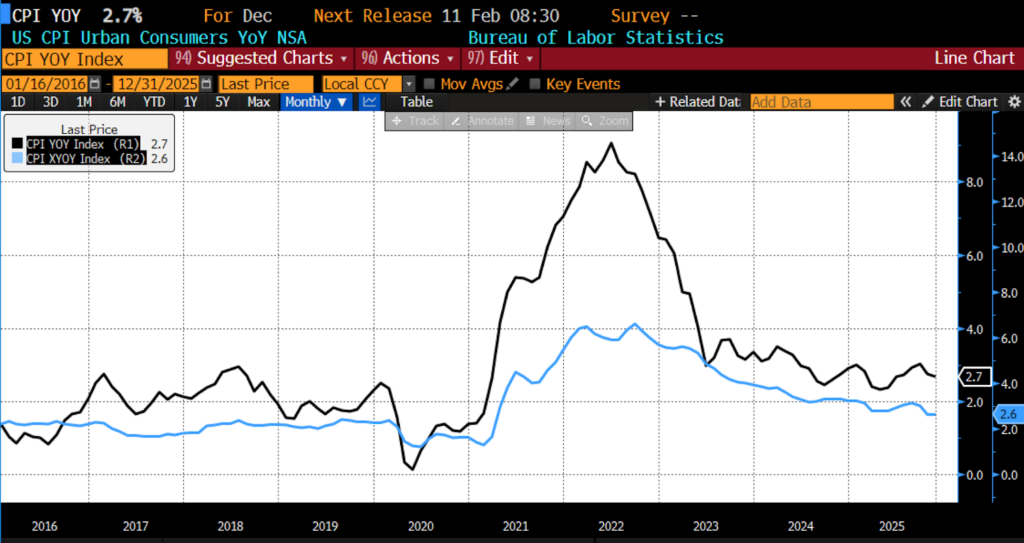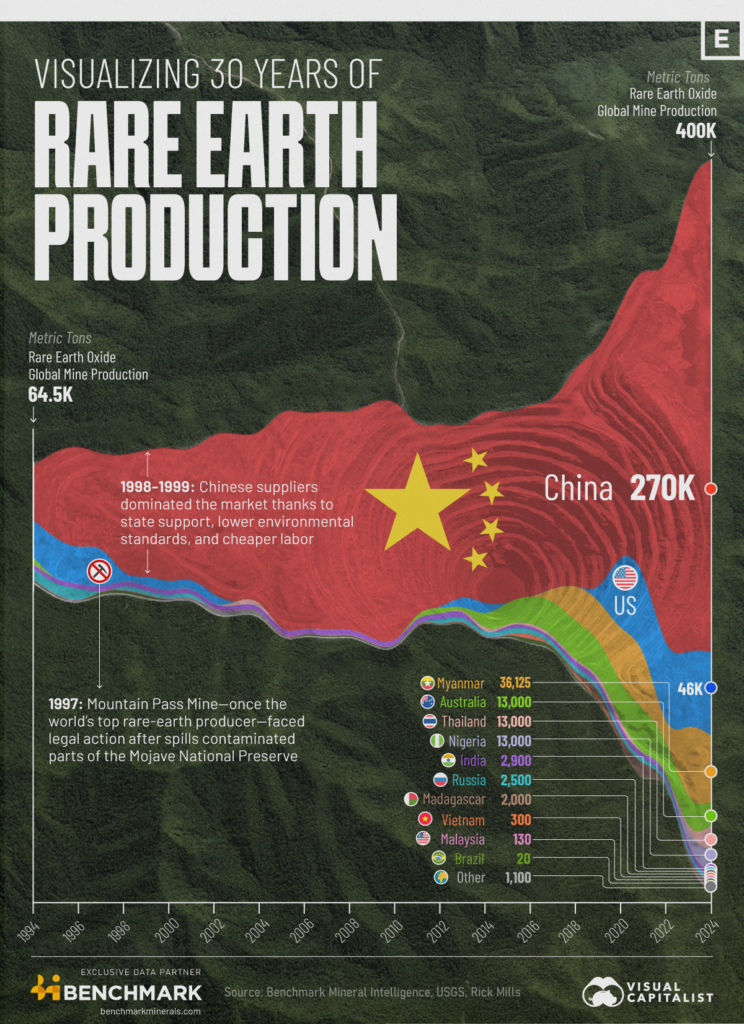Tempting as it may be, I have no business assigning homework to readers of The Daily Economy. Perhaps, however, I can inspire with enthusiasm.
Every year on the Fourth of July, while others are already enjoying grilled meat and fireworks, I reread the Declaration of Independence. This year’s reading, on the Declaration’s 250th anniversary, will be particularly special. I love the simple and elegant bridge that Thomas Jefferson constructed between abstract political philosophy and applied constitutionalism.
“We hold these truths to be self-evident, that all Men are created equal, that they are endowed by their Creator with certain unalienable Rights, that among these are Life, Liberty and the pursuit of Happiness.” There is the philosophy, a pithy distillate of the Enlightenment. Applied politics follows: “to secure these rights, Governments are instituted among Men, deriving their just powers from the consent of the governed.” The rest is magnificent. But it is secondary.
Alas, it’s become too fashionable to bash the American Founding, and jettison its myriad achievements because it wasn’t perfect, and its bounty did not extend immediately to all.
The 1619 Project is one such example, initially the 2019 brainchild of The New York Times and a flagrant example of yellow journalism that puts impressionism and ideology over historical accuracy. The Project’s main attempt at historical revisionism is twofold. First, it contends that America was born in sin – the sin of slavery – rather than conceived in liberty, with slavery as a disgraceful part of an overall noble project.
Second, it claims that American history did not begin in 1776 (with the Declaration of Independence), but in 1619 (the year the first African slaves arrived in Virginia). Among other outlandish claims, the Project claims that the American Revolution was fought primarily to preserve slavery. Prominent historians have condemned the 1619 Project (which was led by a journalist, rather than a professional historian).
Setting aside the avoidance of careful scholarship to fit an ideological bias, there is a deeper problem: the Project’s emphasis on slavery is divisive and misses the point about the Enlightenment and its promise. Slavery is a stain on American history, of course – but it does not encapsulate American history.
The American Founding as Part of the Bigger Enlightenment Project
Consider the Enlightenment – an intellectual, then a political, revolution. This radical shift gradually moved humanity from the Ancient and Medieval pre-modern world to the modern world. In the pre-modern world, individuals were born with a specific role in the grand order of things: kings ruled, nobles supported the king and defended the commoners, and commoners worked for the noble on whose estate they were born. With the modern turn, the divine right of kings gave way to constitutions, hereditary privilege gave way to democracy, a static world order gave way to meritocracy, and superstitious fear of nature was replaced by the scientific method and technology. As with any intellectual and political change, the process was not immediate. The Enlightenment is generally considered to have taken place between the mid-17th century and the early 19th century. But the process was gradual. And it is still unfolding.
French serfs were formally liberated in 1789, with ripples across Eastern Europe over the next half-century. Russian serfs were not legally emancipated until 1861, then debts kept them tied to the nobles’ land until the 1917 Revolution (and their lot hardly improved under the communist dictatorship). American women did not gain the national right to vote until 1920, with the Nineteenth Amendment. Their French sisters had to wait until 1946, the Portuguese until 1976, and those in the recalcitrant Swiss Canton of Appenzell Innerrhoden until 1991. Today, women’s suffrage is shaky, at best, in Pakistan, Afghanistan, or Qatar. Slavery, which had existed since biblical times and throughout the Ancient world (much as we ballyhoo the achievements of the Greeks and Romans), was abolished by Britain in 1833, the French Empire in 1848, the US in 1865, and Brazil in 1888; Libya, Mauritania and North Korea still have open slavery, and more than 40 million people in the world were recently estimated to be in some form of involuntary servitude. Today, many humans still lack access to global markets, just as half the countries in the world are not (yet) democracies. The Enlightenment is still a work in progress.
Though incomplete, the Enlightenment has astonishingly bolstered human flourishing. Before 1800, effectively 100 percent of humanity was poor (sure, some had gold or land, but none had modern plumbing or medicine, air travel or modern dentistry). Before 1776, no part of the world lived in a constitutional democracy. In 1900, the percentage was about 10 percent (but there was no universal female suffrage). By 2000, with the fall of the Soviet Empire, about 63 percent of the countries in the world were democracies. Alongside this progress, economic freedom continued to expand, with China’s partial experiment with markets, the relaxation of India’s licensing Raj, and globalization. In 2015, for the first time, the world’s extreme poverty fell below 10 percent (unfortunately, it has plateaued since then, as the world endures a decade of democratic backsliding, and a post-COVID drop in economic freedom).
The success story of the last 250 years is the same as the remaining challenge: more and more people, in more and more countries, have been brought into the fold of the Enlightenment. But many remain excluded.
Martin Luther King and the Enlightenment
One of the many groups that has been – and continues to be – incorporated only slowly into the Enlightenment Project is black Americans. Most arrived enslaved, just as the Enlightenment was starting to question the old ways. Slavery ended in 1865; the Fifteenth Amendment (1869) prohibited the denial of the right to vote on the grounds of race, color, or previous servitude. But it was not until the 1950s and 1960s that the Jim Crow establishment was dismantled. And disparities remain. The poverty rate for Black Americans (about 19 percent) is much higher than the poverty rate for white Americans (about seven percent). The average net household wealth for the former is about nine times lower than the latter. The unemployment rate for Blacks is twice as high as for Whites, with the median household income half. Blacks constitute 38 percent of federal inmates (for 12 percent of the population), with Whites at 57 percent (for 63 percent of the population).
Alas, many responses to these discrepancies are as facile as they are wrong-headed. They follow the ideological tenor of the 1619 Project: blame racism and the legacy of slavery. Focus on DEI hires and quotas. Emphasize division, rather than unity. Implement yet another federal program, rather than boldly unfettering markets.
Despite the astonishing gains in human flourishing, such critics are rejecting the Enlightenment project and the American Experiment as fundamentally flawed. By contrast, Martin Luther King embraced the Enlightenment and called for more of it (he did support affirmative action and other race-based policies, but only as a temporary measure, and not as a fundamental philosophy). He had a dream, as expressed in his 1963 speech:
I have a dream that one day on the red hills of Georgia, sons of former slaves and the sons of former slave-owners will be able to sit down together at the table of brotherhood…
I have a dream that my four little children will one day live in a nation where they will not be judged by the color of their skin but by the content of their character. . .
I have a dream that one day in Alabama, with its vicious racists, with its governor having his lips dripping with the words of interposition and nullification, one day right there in Alabama little black boys and black girls will be able to join hands with little white boys and white girls as sisters and brothers…
This will be the day when all of God’s children will be able to sing with new meaning: “My country, ’tis of thee, sweet land of liberty, of thee I sing. Land where my fathers died, land of the pilgrim’s pride, from every mountain side, let freedom ring.”
In that same speech, Martin Luther King embraced the American Founding, the Declaration of Independence, and, a fortiori, the Enlightenment itself. Rather than rejecting it, he demanded that hitherto excluded Black Americans be included:
In a sense we’ve come to our nation’s capital to cash a check. When the architects of our Republic wrote the magnificent words of the Constitution and the Declaration of Independence, they were signing a promissory note to which every American was to fall heir. This note was a promise that all men—yes, black men as well as white men—would be guaranteed the unalienable rights of life, liberty and the pursuit of happiness. . . .
I say to you today, my friends, though, even though we face the difficulties of today and tomorrow, I still have a dream. It is a dream deeply rooted in the American dream. I have a dream that one day this nation will rise up, live out the true meaning of its creed: “We hold these truths to be self-evident, that all men are created equal.
Sadly, six decades later, Martin Luther King’s dream has not come to full fruition.
Dream to Reality: The Work That Remains
Space prohibits a full assessment of poverty and race in America.
I blame a failed K-12 government-run educational system. I blame invasive policing and runaway legislation, under which Americans unwittingly commit three felonies a day. I blame federal regulations, which cost 10 percent of GDP in annual compliance, and have a disparate impact on the poorest Americans. And, yes, I blame lingering racism – the ugly, old-fashioned kind, but also the racism of DEI, affirmative action, and targeted federal programs. As Ayn Rand so crisply wrote, “Racism is the lowest, most crudely primitive form of collectivism. It is the notion of ascribing moral, social or political significance to a man’s genetic lineage—the notion that a man’s intellectual and characterological traits are produced and transmitted by his internal body chemistry. Which means, in practice, that a man is to be judged, not by his own character and actions, but by the characters and actions of a collective of ancestors.”
Martin Luther King was first and foremost an advocate for expanding the umbrella and bounty of the Enlightenment. But when he was assassinated in 1968 at the Lorraine Motel (a chilling museum that is well worth visiting), he was supporting workers seeking better pay. Perhaps the best way of advancing his legacy is to dismantle the administrative state and the welfare state, to bring more people, and more fully, into the promise of the Enlightenment Project. Let economic freedom ring, indeed!In the meantime, I have a second reading assignment (err… suggestion) for you, dear reader. Every year on Martin Luther King’s birthday, I reread one of his works. Usually, it’s the “I Have a Dream” speech or his Letter from the Birmingham Jail.

